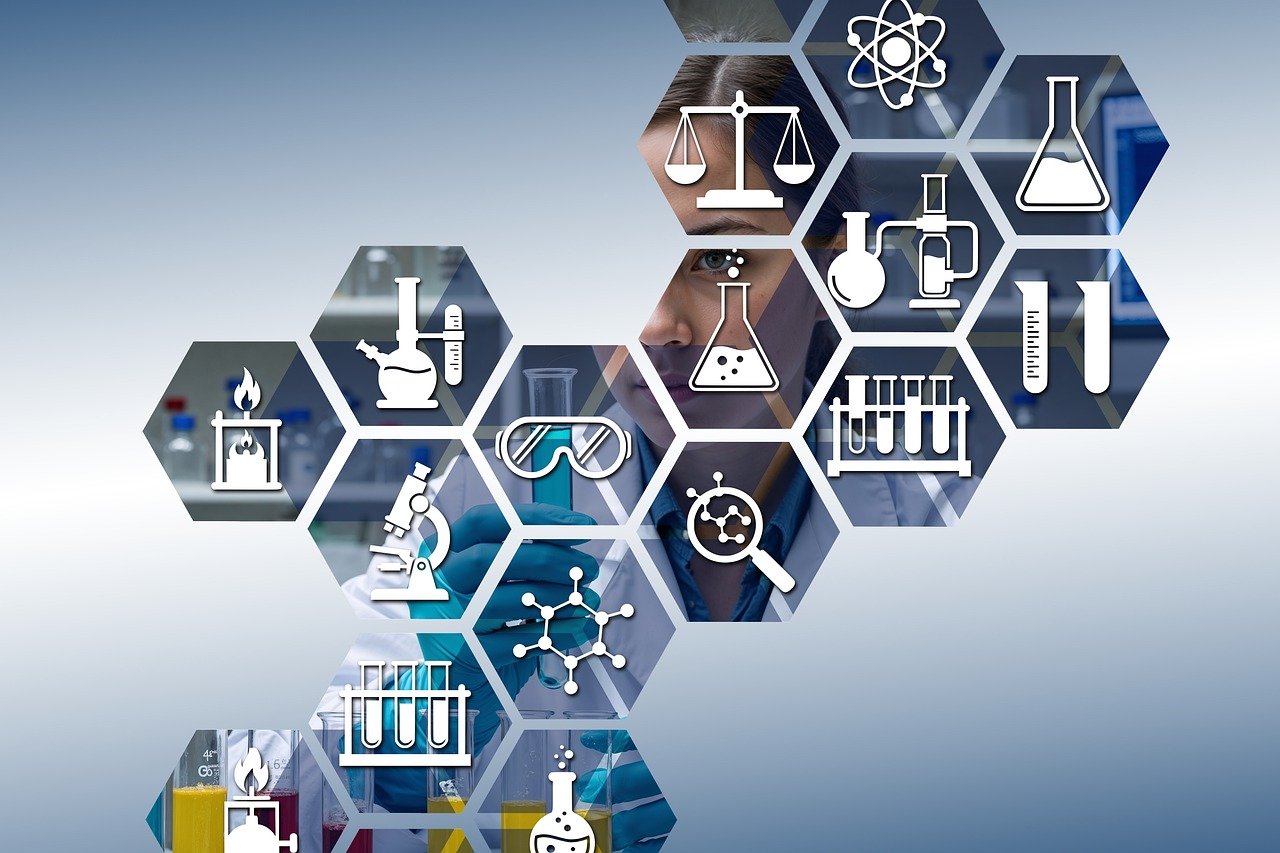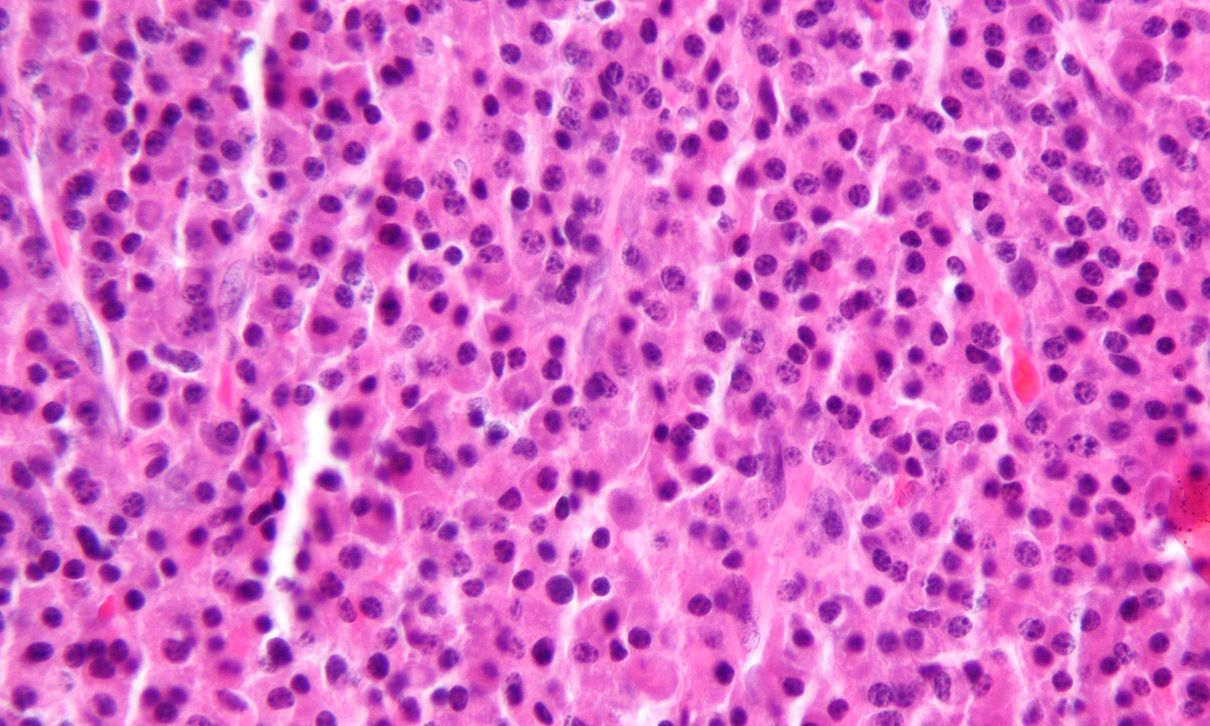Centre for In Vivo Modelling Service Core
At the Centre for In Vivo Modelling (CIVM), we combine advanced animal genetics and cutting-edge technologies to drive cancer research. Our multidisciplinary team specialises in the generation and maintenance of genetically engineered mouse models (GEMMs), humanised mouse strains, and patient-derived models (xenografts and organoids), using innovations such as CRISPR gene editing, embryo manipulation, and in vivo genetic screening. We develop and cryopreserve new cancer models that closely replicate human disease, supporting translational studies that inform effective therapies. Our approach integrates rigorous scientific standards, ethical oversight, and collaborative expertise, aiming to accelerate progress in understanding cancer biology and developing better treatments for patients.
Our Centre is dedicated to driving innovation and excellence in cancer research through advanced in vivo modelling. We work in close collaboration with the ICR researchers and clinicians at The Royal Marsden to generate genetically engineered mouse models (GEMMs) and patient-derived models, such as patient-derived xenografts (PDXs) and patient-derived organoids (PDOs) to interrogate cancer biology in its own ecosystem. By leveraging these sophisticated in vivo systems, the Centre aims to:
- Develop innovative cancer models in collaboration with ICR researchers to advance cancer research and drug discovery.
- Work in partnership with The Royal Marsden Hospital to obtain patient samples and generate new patient-derived cancer models for translational studies.
- Foster close interdisciplinary collaboration with drug discovery teams to leverage these in vivo models in the creation and testing of next-generation anti-cancer therapies.
- Continuously improve the sophistication and relevance of our cancer models, ensuring they more faithfully recapitulate the complexity of human disease and enhance the translational impact of our research.
Our services
Advantages of cryopreserving your strains:
- Allows you to save space, by getting the mice you need, when you need;
- Reduces your animal costs;
- Reduces animal use;
- Reduces risk from disasters (e.g. disease outbreaks, breeding cessation, equipment failures, genetic contamination, natural disasters, etc…).
What can be cryopreserved?
- Mouse Sperm
- Mouse Embryos
- Mouse Embryonic Stem Cells
- Mouse Oocytes
Sperm Cryopreservation:
Description: Sperm is retrieved from the epididymal tissues of 3 male mice and is cryopreserved in 20 to 30 straws that are stored in liquid-phase, liquid nitrogen across two tanks in two separate locations (SRD and CCDD), to ensure sample safety and mitigate risks associated to unexpected or uncontrollable events.
Material needed: 3 males, reproductively active, 12-25 weeks old
Timeline: 2-6 weeks (dependant on QC method of choice)
Considerations: this method of cryopreservation is rapid and cheap; however, it only preserves half of the genome. This method is only recommended for single mutations on a common inbred background.
Quality Control: we provide different levels of Quality Control (QC) for different price ranges.
- Test thaw QC: we will thaw 1 straw the day after cryopreservation and visually assess motility and viability of the recovered sperm
- IVF and culture to blastocyst QC: we highly recommend this QC step. In addition to test thaw, we will also perform IVF and culture embryos up to blastocyst stage. We will provide the investigator with a fertility rate (%) for the recovered sperm. We will charge an extra cost to cover the IVF procedure.
- IVF and embryo transfer QC: In addition to test thaw, we will perform IVF and transfer 2-cell embryos into up to 3 pseudopregnant females to generate viable embryos/live pups. We will charge an extra cost to cover the IVF and embryo transfer procedures.
Please note that we require you to provide your genotyping protocol, as well as full detail of the genetic content of each strain that you submit for cryopreservation.

Embryo Cryopreservation:
Description: Female mice are hormonally superovulated and oocytes are retrieved for in vitro fertilisation (IVF) with sperm from donor male. Resulting embryos are placed in cryoprotectant and loaded into multiple straws, which are gradually cooled and stored in liquid-phase liquid nitrogen in two separate tanks.
Material needed: Donor male and 8-10 donor females
Timeline: 12-15 weeks

Embryonic Stem Cells Cryopreservation:
Not available, yet.
Oocyte Cryopreservation:
Not available, yet.
Cryostorage:
If you have cryopreserved mouse sperm/embryo/oocytes at another institution, we can cryostorage your samples for an annual fee. We do require that the investigator takes charge of shipping costs into our facility, and that thawing and genotyping protocols are submitted to the CIVM.
The CIVM stores all samples in liquid-phase liquid nitrogen tanks (CryoPlus1, ThermoFisher Scientific). Material retrieved from each strain is split between 2 tanks, a main and a backup tank, for redundancy. For additional safety, these 2 tanks are located in two separate buildings at ICR Sutton. Both tanks are continuously monitored by T-scan alarm systems and undergo annual service, as well as daily visual inspections.
Sperm Cryorecovery:
Description: Frozen sperm is cryorecovered by IVF, followed by embryo transfer. We can purchase wild-type female oocyte donors of the same genetic background, or alternatively the investigator can provide homozygous oocyte donors of the same strain.
Material needed: straw with frozen sperm and 8 to 12 females for IVF, 7-16 weeks old.
Timeline: 12-15 weeks

Embryo Cryorecovery:
Description: Frozen 2-cell embryos are thawed and transferred into pseudopregnant females.
Material needed: straw(s) with frozen 2-cell embryos
Timeline: 8-10 week

Oocyte Cryorecovery:
Not available, yet.
Mouse rederivation
Description: Mouse rederivation is a process used to produce pathogen-free mouse colonies by removing microbial contaminants from existing lines. The procedure can be performed either through natural mating or in vitro fertilization (IVF):
- In natural mating, embryos are obtained from donor mice and transferred into pathogen-free recipient females.
- In IVF-based rederivation, fertilized embryos are created in vitro using gametes from donor mice and then implanted into clean recipient females.
Both methods effectively eliminate pathogens, allowing safe importation of mouse strains from lower health-status facilities into the ICR BSU. Samples from both litter and recipient mother will be sent for Health Screening and the associated costs will be charged separately to the Investigator.
Material needed: For IVF-based rederivation we require the investigator to provide 2 males, reproductively active, 12-25 weeks old, and the CIVM will purchase wild-type female egg-donors. Alternatively, if maintaining homozygosity is essential, the investigator will need to provide additional 6-10 females, 7-16 weeks old.
Timeline: 12-15 week


We are currently setting up CRISPR/Cas9-based gene editing protocols. Soon, you’ll be able to apply for projects that involve developing new alleles based on:
- Knockout by indel formation
- Knockout by precise deletion
- Conditional knockout
- Knock-in of point mutations
- Knock-in of small tags
- Large knock-in
- Exon replacement
These alleles will be developed based on Electroporation of Microinjection of CRISPR/Cas9 system reagents.
We will collaborate with you to design the best strategy and help you generate the genetically engineered mice you need for your project.
We also provide:
- Development of humanised mouse strains
- Development of Patient-derived xenografts (PDX) and organoid models
Latest ICR News

ICR researchers to contribute to £13.7m brain tumour research consortium

New structural insights reveal molecular details of a key step in cell cycle control
